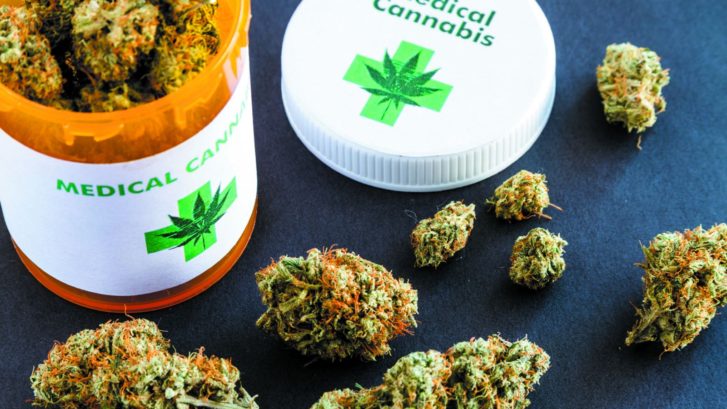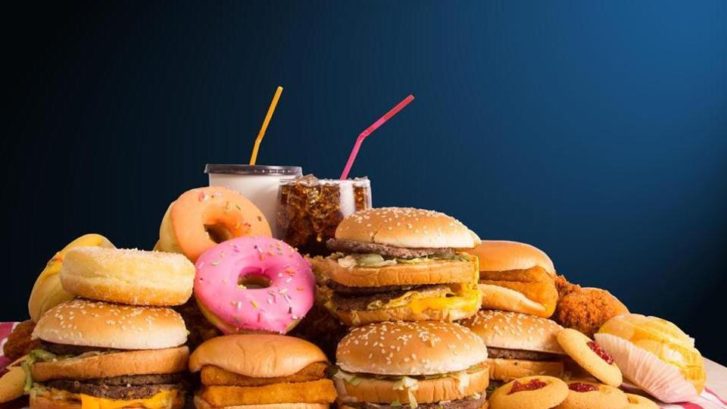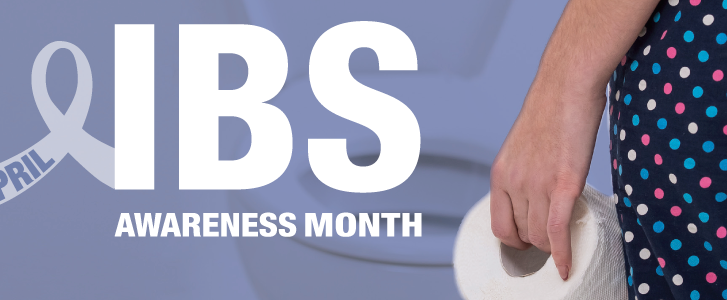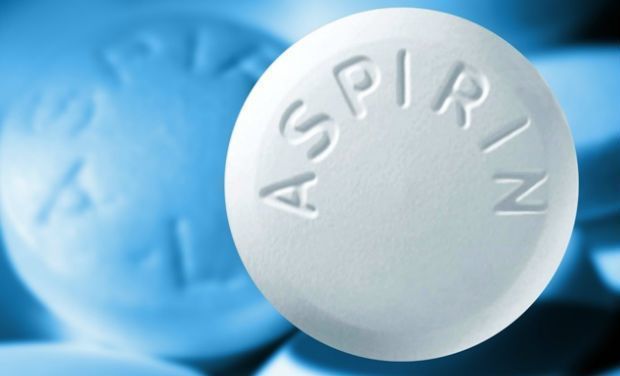Get a Good Night’s Sleep On a Hot Summer Night
The concept of air conditioning was first proposed by Florida physician and inventor Dr. John Gorrie in the 1840s. Gorrie believed that cooling was the key to avoiding diseases like malaria and making patients more comfortable, but his rudimentary system for cooling hospital rooms required ice to be shipped to Florida from frozen lakes and streams in the northern United States.
To get around this logistical challenge, Gorrie began experimenting with the concept of artificial cooling. He designed a machine that created ice using a compressor powered by a horse, water, wind-driven sails, or steam, and was granted a patent for it in 1851.
But it wasn’t until 1902 that Willis Carrier perfected the process and introduced it at the St. Louis World’s Fair in 1904.
Nowadays, most Americans, especially here in Florida, have air conditioning in their homes. But if you’re one of those who prefer not to use it, or if your power goes out, or you travel somewhere that lacks it, our concierge family practice doctors at MD 2.0 in Jupiter want to offer some tips on how to get a good night’s sleep in the summer heat.
The only thing worse than having insomnia is having insomnia on a hot summer night. To keep your cool, try the following.
Cool the room
According to the National Sleep Foundation (NSF), if you are sleeping and the temperature rises above 75 degrees Fahrenheit, it can wake you up. So be sure to keep the room as cool as possible by:
• closing the blinds and windows during the day to prevent heat buildup during the hottest part of the day;
• using a fan to keep the air circulating and supply “white noise” to block out street sounds;
• placing a bowl of ice or ice packs in front of the fan, which will help chill the air;
• dampening a sheet and hanging it across the window, both to block out light and heat, and to take advantage of cooling evaporation as it dries.
Cool the bed
• Use cotton, linen, or bamboo sheets, which provide breathability. Also avoid high-thread-count sheets, which tend to trap body heat. Opt for sheets with thread counts under 400.
• Some pillows—like those stuffed with buckwheat—are specifically made to stay cool. Or you can try putting your pillow inside a plastic bag in the freezer for an hour or so before bedtime. Alternatively, place ice packs inside the pillowcase.
• Remove all extraneous bedding, including blankets and extra pillows, which tends to hold heat.
Cool yourself
• Avoid alcohol or heavy meals—especially carb-heavy foods—in the evening. Alcohol dehydrates you as well as making you feel hotter, and large meals produce extra heat in your body during digestion.
• Take a cool bath or shower or a dip in the pool just before bedtime. The evaporation of the moisture on your skin acts to cool you.
• Fill a hot water bottle with water and freeze it, then take it to bed and place it beneath your knees or neck, or on your chest or wrists.
• Be sure to stay hydrated throughout the day, because your body needs water to help keep you cool.
• Remember that warm air rises, so if you have the option, sleep on the lowest floor in the house.
What if none of this helps?
If you’re still having trouble getting sufficient shut-eye in the summer, you might try the supplement melatonin. A hormone made by the pineal gland, it has been used successfully by many people for sleep issues. Most people can take it without a problem, but some experience such side effects as dizziness, anxiety, or daytime sleepiness. It is also contraindicated for those taking several medicines (blood thinners, birth control pills, and immunosuppressants, among others). So check with us first.
In extreme cases, let us know. If necessary, we can prescribe sleep medications for a few nights. These will help you sleep but can also induce troublesome side effects. Ideally, they should be used only for short periods of time in conjunction with cognitive behavioral therapy. We can also recommend various types of sleep studies that might help pinpoint more serious issues such as sleep apnea.










